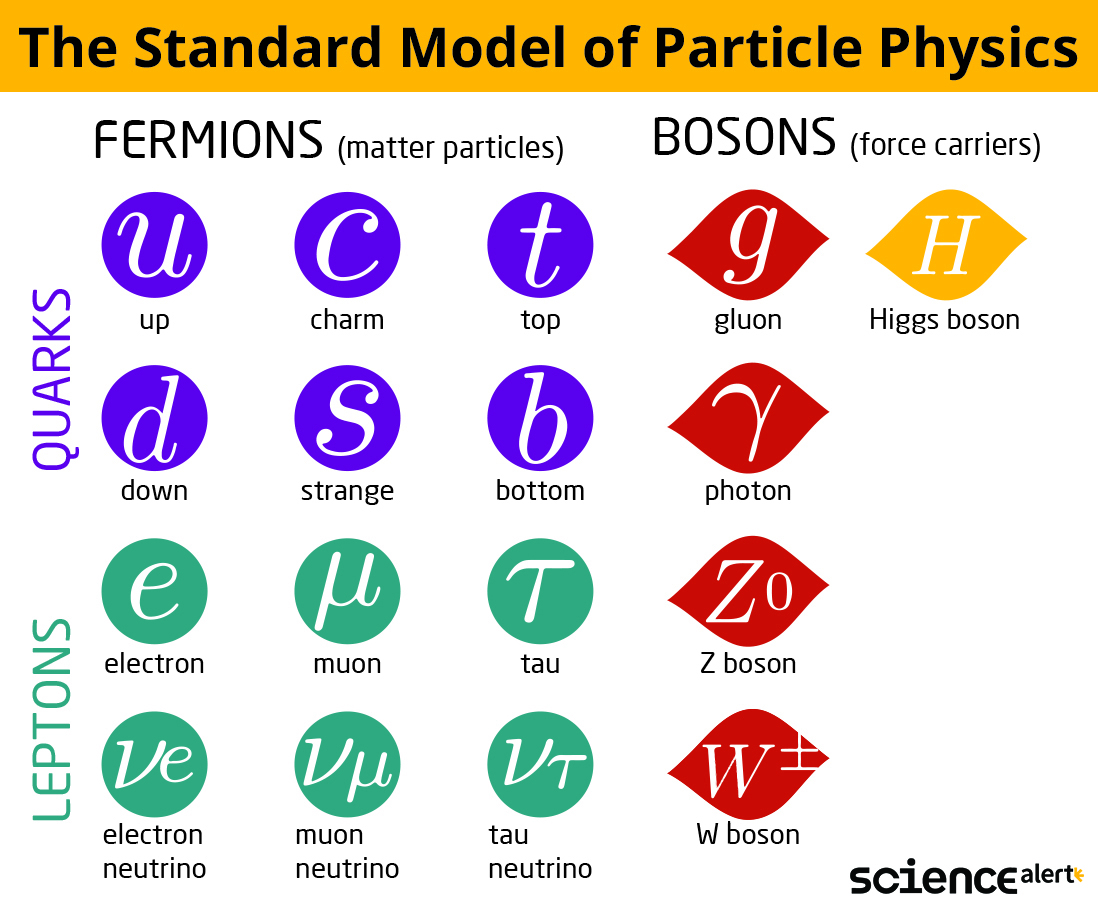Lightsabers – fictitious swords made of… something glowy – are the quintessential melee weapon of the Star Wars universe. No self-respecting Jedi would be complete without one.
But depending on how they work, they just might be the most impractical way to duel a Sith. In the worst case, they'd probably run afoul of some pretty fundamental physics that hold the whole Universe together.
That's not to say we couldn't come close.
How do lightsabers cut stuff?
Based on decades of storytelling, movies, and fan lore, the slashy bit of the lightsaber is allegedly made of plasma.
Plasma is an energetic gas consisting of charged particles, and is indeed commonly used in industries to cut through electrically conductive material. An ionized stream of gas blown through compressed air forms a circuit with the material to be cut, through which a current can flow and heat a material past its melting point.
That heat can be pretty extreme, too, exceeding 20,000 degrees Celsius in some instances: more than enough to reduce your protocol droid to a dribbling pile of scrap.
But if you're wanting to slice the arm off a hungry wampa, or even do something as simple as cut down a tree or break a window, you're going to have a hard time.
Despite this, plasma streams do have their uses in non-industrial fields. Low-temperature blades of ionized particles have been developed that can lay waste to microbes, and in theory can be ramped up in energy to cauterize small areas of flesh.
In 2020, gadget makers Hacksmith Industries built a 'lightsaber' based on a high temperature stream of plasma that hit temperatures of around 4,000 degrees Celsius. They demonstrated its ability to burn through a variety of materials, if a little slower than the average Jedi master might have time for.
The biggest problem with a plasma-based sword is the source of the gas. Assuming an efficient way to heat material, those charged particles still need to come from somewhere. Hacksmith's prototype sword was tethered to heavy tanks of gas, and even then, the stream of hot plasma was too brief for an extended battle.
It's a problem ion drive technology has faced, and at least partially solved. Typical sources of fuel in the form of the expensive inert element xenon need to be compressed, demanding bulky containers that add excessive mass to any space craft using it.
Packing a pellet of iodine which can sublimate into a gas would be a far more efficient use of space. Unfortunately, iodine isn't as inert as xenon, demanding ceramic engine parts that can handle its corrosive effects.
Though useful for accelerating tiny craft through a vacuum, this kind of plasma is unlikely to do more than give you third degree burns at full force.
New innovations in engine technology are taking care of this, though it's left to be seen if it would ever play a role in any kind of high-energy portable cutting tool.
What about a sword made from actual light?
Few young Star Wars fans have been able to hold back the temptation of swinging a flashlight beam around while making the famous lightsaber buzzing noise.
If we assume a lightsaber is truly made of light, could it materialize into a blade capable of clashing, cutting, and cauterizing?
Light is a ripple in the electrogmagnetic field which takes the form of particles called photons. Photons have characteristics that put them into a category of matter called bosons which in technical terms are particles with a spin value of a whole integer, like 1, 2, or even zero.
In non-technical terms, this whole value provides a symmetry that allows two or more particles to share certain properties, such as the same space. No matter how many photons are shoved into a box, there's technically always room for more.
This can make for a pretty impressive weapon, potentially.
Lining up the phases of a single color of light by bouncing a bunch of photons back-and-forth in the right sized chamber would allow those photons to collectively strike with a huge amount of energy. The process is known as light amplification by stimulated emission of radiation – you undoubtedly know that as 'laser'.
But to become a sword that can parry and block other swords, a laser 'blade' would also need to interfere with other lasers in the tangible ways that electrons, protons, and neutrons do.

Particles with fractions of spin, like half or 5/2, are complicated by a principle that says multiple particles with the exact same quantum states simply can't overlap. Electrons surrounding an atom's nucleus, for instance, jostle with one another in ways that allow for basic chemistry to take place. Without this principle, we'd live in a Universe as tangible as a ghost.
Electrons also maintain their space by way of exchanging the electromagnetic force, using photons to tell other particles with the same charge to keep their distance.
Photons themselves don't exchange forces with one another as electrons and protons might do, which all adds up to waves of light being fairly oblivious to the existence of other waves of light.
There are loopholes in physics where photons can indirectly 'collide', so to speak, generating charged particles out of the residual energy. Experiments using high-powered lasers tell us a thing or two about the behavior of radiation in the early Universe, in an era long, long ago, but sadly it won't give us a stick of light we can use to parry laser bolts.
Until we discover something truly revolutionary about the behavior of light or plasma, glowing lightsaber swords will remain in the realm of pure fantasy.
All Explainers are determined by fact checkers to be correct and relevant at the time of publishing. Text and images may be altered, removed, or added to as an editorial decision to keep information current.
